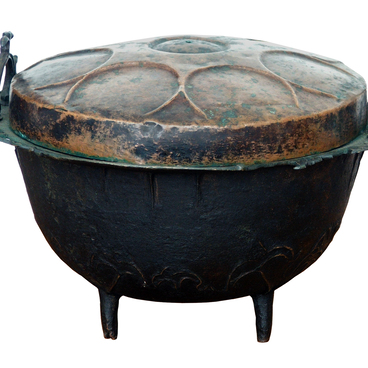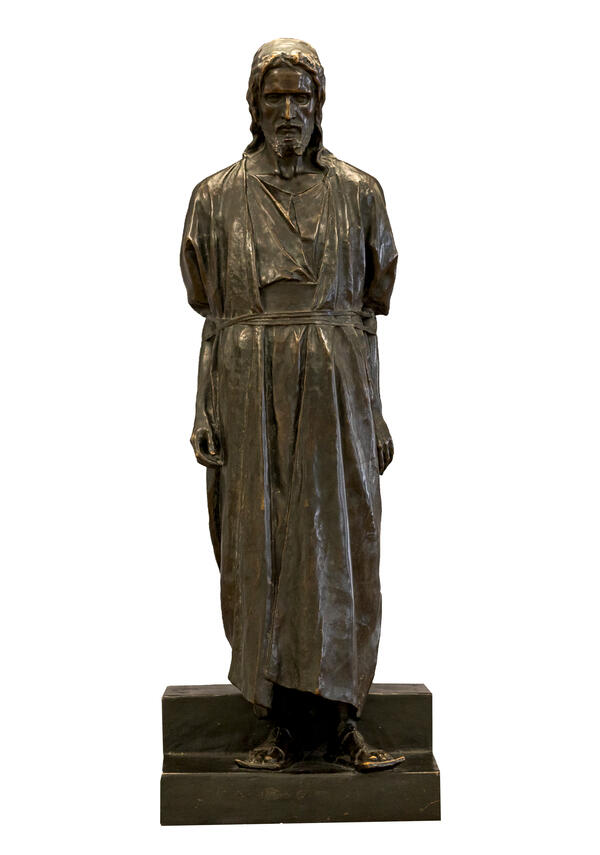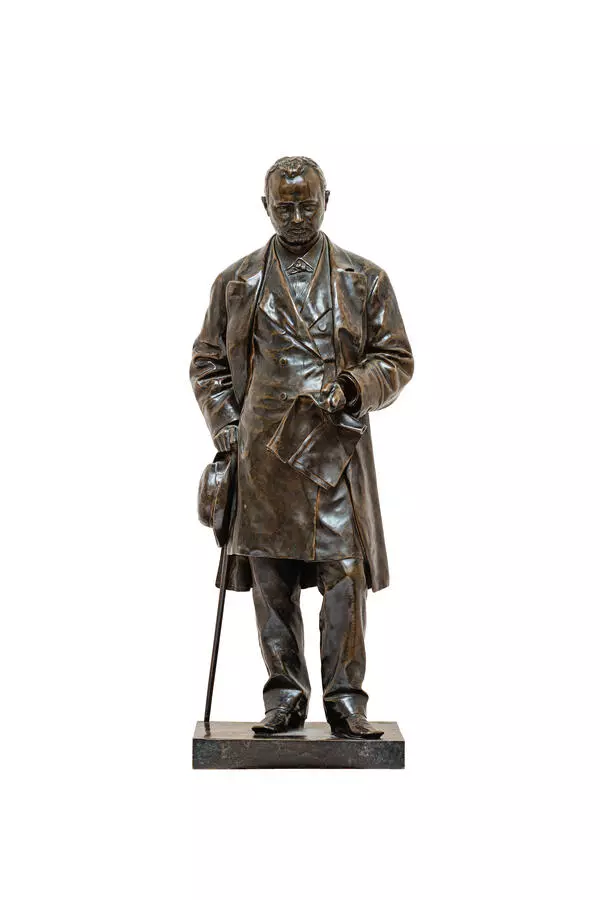Mark Antokolsky (1843–1902) is one of the most original Russian sculptors of the XIX century. He was born in a poor family of an innkeeper, who considered the boy’s artistic inclinations pointless. “I was an unloved child, and I got it from everyone…”, the artist recalled. Only a happy accident helped him break out of his native Vilno (now Vilnius) and become a non-degree student at the Saint Petersburg Academy of Arts. One of his works, a wood-carved reproduction of the painting Christ and the Virgin by Van Dyck, caught the eye of the local Governor-General’s wife. She helped the young man move to Saint Petersburg.
Later, motifs from the Russian history brought Antokolsky true glory. In particular, the statue of Ivan the Terrible that he created in 1870. According to the sculptor, he depicted the Russian Tsar as a tormentor and a martyr. The work was a tremendous success and, in art historians’ view, paved new ways for the Russian sculpture development.
Later, motifs from the Russian history brought Antokolsky true glory. In particular, the statue of Ivan the Terrible that he created in 1870. According to the sculptor, he depicted the Russian Tsar as a tormentor and a martyr. The work was a tremendous success and, in art historians’ view, paved new ways for the Russian sculpture development.









